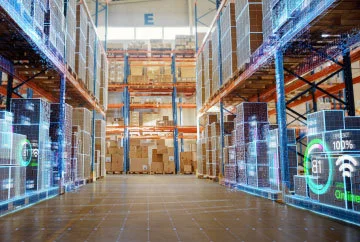The impact
The economic impact of this disruption is immense and far-reaching. For instance, the rise of e-commerce and other technology-based distribution systems has made it easier to access products and services.
The spike in use of technology is one of the most visible changes. Companies have had to invest in technology to help employees working from home manage their operations. This has led to increased use of cloud-based software and apps, allowing real-time inventory and shipment tracking.
However, this same technology allows smaller companies and individuals to compete with larger corporations by providing a similar product or service at significantly lower prices.
According to Statista, the logistics industry prioritizes business continuity planning, having a 20.2% global priority. And 16.2% of the professionals are set on investing in technology/automation and ensuring financial viability.
Increased online competition
The increased competition among suppliers has reduced shipping costs for companies significantly. However, it also makes it harder for manufacturers and retailers to maintain their pricing structure across multiple channels since they must now account for distinct shipping costs on each channel.
In addition to the economic impact, there have also been social impacts. For example, the disruption has made many people more aware of the need to care for their community and environment, evident in initiatives such as recycling programs or better public transportation options.





